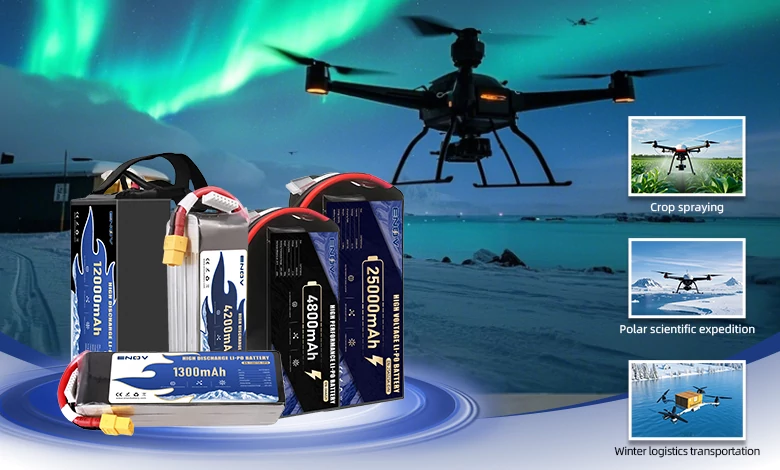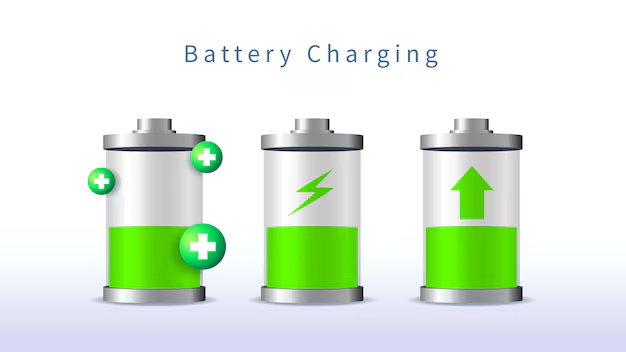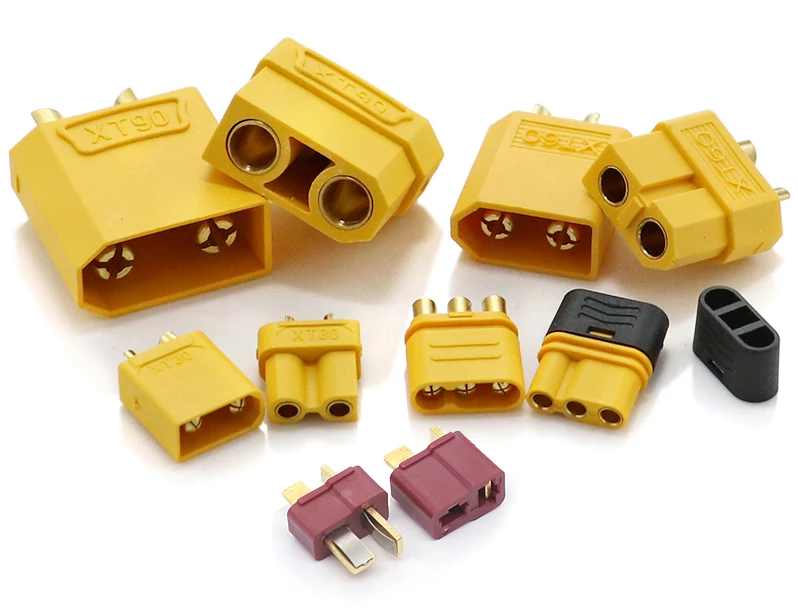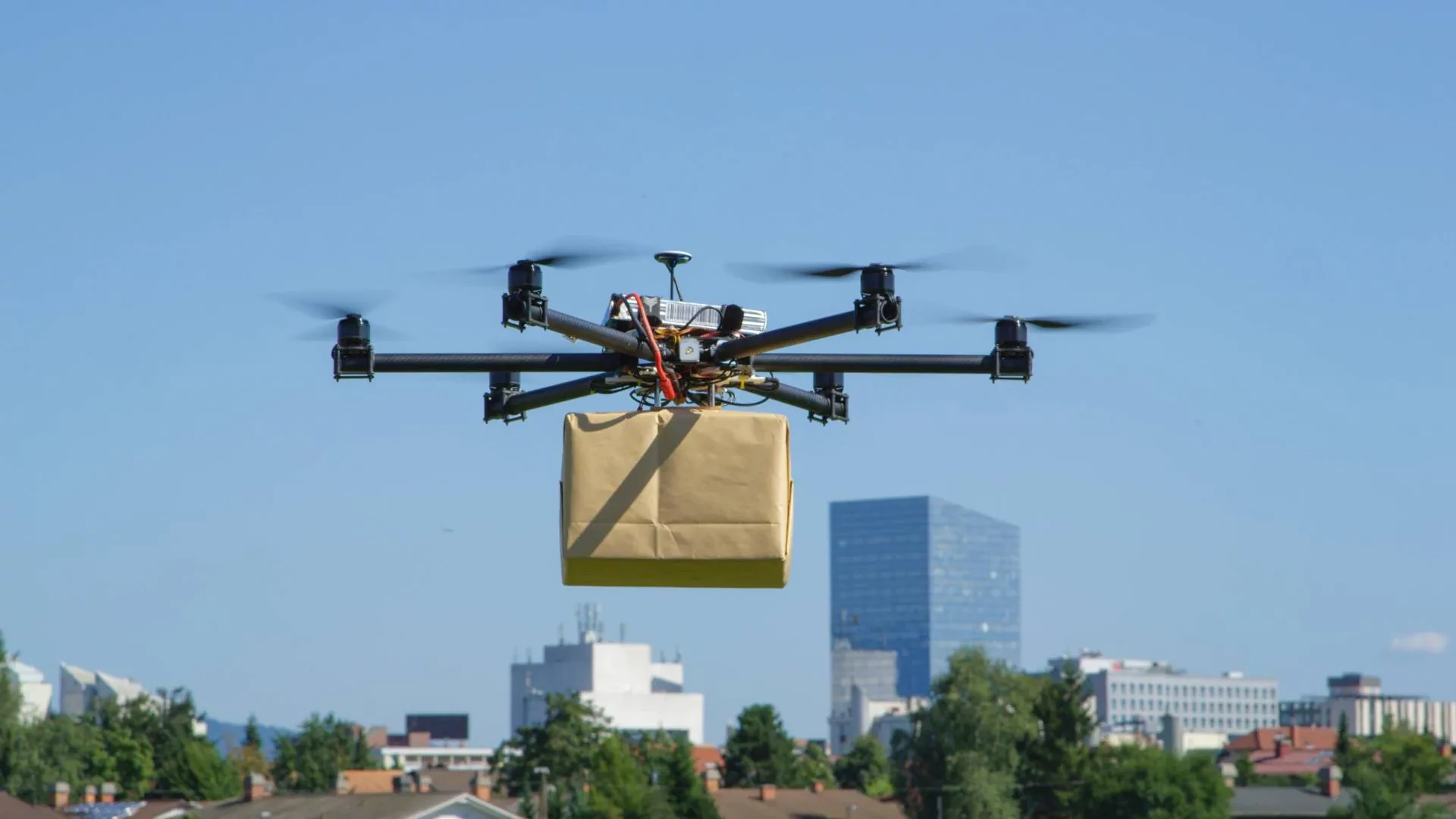Common UAV Protocols: Definitions, Functions, and Classifications
Do you know what a UAV protocol is? What role does it play in the flight process of a UAV? What are the common UAV protocols?

ENOV High-Energy drone batteries power industrial and commercial drones. Delivering 220–320 Wh/kg energy density, they enable long flight times (30+ mins) and support fast charging (2C). Perfect for aerial photography, surveillance, and delivery drones.
I. What is a UAV Protocol?
A UAV protocol is a set of rules and standards that regulate communication between UAVs and controllers, onboard equipment (such as sensors, motors), and external systems (such as ground stations, other UAVs). Simply put, it is like the “language” between UAVs and other devices, specifying how data is encoded, transmitted, and parsed.
II. The Role of UAV Protocols
① Ensuring smooth communication: It ensures that UAVs can “understand” each other’s commands (such as flight attitude adjustment, mission planning) and status information (such as battery level, position) with controllers, ground stations, and other devices.
② Improving reliability: Through standardized data transmission formats, it reduces signal interference and errors, allowing UAVs to operate stably in complex environments.
③ Supporting function expansion: It provides a communication foundation for the diversified functions of UAVs (such as video transmission, autonomous obstacle avoidance, multi-UAV collaboration).
III. Classification and Common Types of UAV Protocols
UAV protocols can be divided into four categories by function: radio control protocols, flight control and data interaction protocols, general communication protocols, and navigation and monitoring protocols. The following focuses on the most common protocols in each category, and the less common ones are only briefly described.
1. Radio Control Protocols
(1) Common Protocols
PWM (Pulse Width Modulation)
The most basic control protocol, which controls motor speed and servo angle (such as the throttle and direction of the UAV) by adjusting the “high-level duration” of electrical signals.
Features: Each control channel (such as throttle, yaw) requires separate wiring. The structure is simple, but the wiring is cumbersome, suitable for entry-level UAVs.
SBUS (Serial Bus)
A serial protocol developed by Futaba, which transmits multiple control signals simultaneously through a single wire (supporting up to 16 channels, such as main control + pan-tilt, lights, and other auxiliary functions).
Features: It uses digital signal transmission, has strong anti-interference ability and fast transmission speed, and greatly reduces wiring (one wire replaces multiple wires), reducing the weight of the UAV. It is suitable for scenarios with high requirements for flexibility and response speed, such as racing UAVs and aerial photography UAVs.
CRSF (Crossfire)
A protocol known for “long distance” and “low latency”, with a transmission distance of up to several kilometers and extremely low signal latency.
Features: Suitable for scenarios requiring remote control (such as flight simulation, outdoor long-distance flight), and widely used in professional UAVs.
(2) Other Protocols
ExpressLRS: A low-cost, long-distance open-source protocol suitable for DIY UAVs;
DJI Lightbridge/OcuSync (some functions): DJI’s proprietary protocol, which combines control and data transmission, with low latency but limited compatibility.
2. Flight Control and Data Interaction Protocols
These protocols are responsible for data exchange between internal UAV devices (such as flight controllers, sensors, and electronic speed controllers) and are the core for UAVs to achieve autonomous flight.
(1) Common Protocols
MAVLink (Micro Air Vehicle Link)
An open-source protocol widely used in mainstream open-source autopilot systems such as ArduPilot and PX4, supporting “two-way communication” between flight controllers and ground stations, sensors (such as sending flight plans and receiving real-time position and fault information).
Features: Lightweight and flexible, able to adapt to a variety of devices, and is the “standard configuration” for autonomous UAVs (such as agricultural plant protection UAVs, surveying and mapping UAVs).
UAVCAN/DroneCAN
A protocol designed specifically for UAV components (such as servos, electronic speed controllers), supporting “simultaneous communication” of multiple devices, suitable for internal collaboration of complex UAVs (such as multi-rotor, fixed-wing).
Features: Strong real-time performance, able to quickly process status feedback from multiple devices, ensuring flight stability.
(2) Other Protocols
CAN Bus: Mainly used for device interconnection of large UAVs, with fast transmission speed but high cost.
Dronecode SDK: A development tool based on MAVLink, suitable for developers to customize functions, with low popularity.
3. General Communication Protocols
These protocols are used for non-control data transmission between UAVs and external devices (such as mobile phones, ground stations, other UAVs) (such as videos, telemetry information).
(1) Common Protocols
Wi-Fi (based on 802.11 standard)
A well-known wireless network protocol, mainly used in UAVs for video transmission (such as real-time backhaul of aerial photography images), telemetry data (such as battery level, altitude), and short-distance control (such as operation through a mobile phone APP).
Features: Fast transmission speed, but limited by distance (usually within a few hundred meters), and vulnerable to interference in the 2.4GHz/5GHz frequency band.
Bluetooth
A short-distance communication protocol (usually within 10 meters), mainly used for “local interaction” between UAVs and mobile phones, tablets and other devices (such as connecting to APP to set parameters, transmit a small amount of data).
Features: Low power consumption and simple operation, suitable for basic functions of leisure UAVs.
DJI Lightbridge/OcuSync
DJI’s proprietary protocol, which integrates control, video transmission, and telemetry functions, supports high-definition video low-latency transmission (such as 4K images), and has strong anti-interference ability (avoiding interference through adaptive frequency hopping technology).
(2) Other Protocols
Ethernet: Only used for wired high-speed communication of industrial UAVs;
LoRa: A low-power, long-distance protocol, suitable for sensor data transmission in remote areas, with less application in UAVs.
4. Navigation and Monitoring Protocols
These protocols are used for UAV positioning and air traffic monitoring to ensure flight safety.
(1) Common Protocols
GPS/GLONASS
Global navigation satellite system protocols. UAVs obtain real-time position, speed, and time by receiving satellite signals, which is the basis for autonomous navigation (such as fixed-point hovering, path planning).
Features: Wide coverage, but the signal may weaken in indoor and high-rise dense areas.
ADS-B (Automatic Dependent Surveillance – Broadcast)
It is used for “mutual notification” between aircraft. UAVs broadcast their own position, speed, and other information, so that other aircraft (such as airplanes, UAVs) can perceive their existence and avoid collisions.
Features: It is an important protocol for air traffic management and is gradually being popularized in commercial UAVs.
(2) Other Protocols
ADS-C (Automatic Dependent Surveillance – Contract): Transmit position information through a pre-agreed “contract”, mainly used for air traffic control;
NMEA 0183: A traditional marine navigation protocol, compatible with some UAVs but gradually being replaced.
Summary
UAV protocols are the “communication cornerstone” to ensure their normal operation. Different protocols are suitable for different scenarios due to their different functions: radio control protocols determine the control experience, flight control protocols support autonomous functions, general communication protocols are responsible for data transmission, and navigation and monitoring protocols ensure flight safety. Understanding these protocols can help us better understand the working principle and applicable scope of UAVs.
Quick inquiry
Drop us a line, and we’ll get back to you within 24 hours.

Ariana Yuan
Digital Operations Manager
Website Planning|Marketing Project Management for Drone Batteries|Scheduled Content Refresh|SEO Optimization

Ariana Yuan
Digital Operations Manager
Website Planning|Marketing Project Management for Drone Batteries|Scheduled Content Refresh|SEO Optimization




